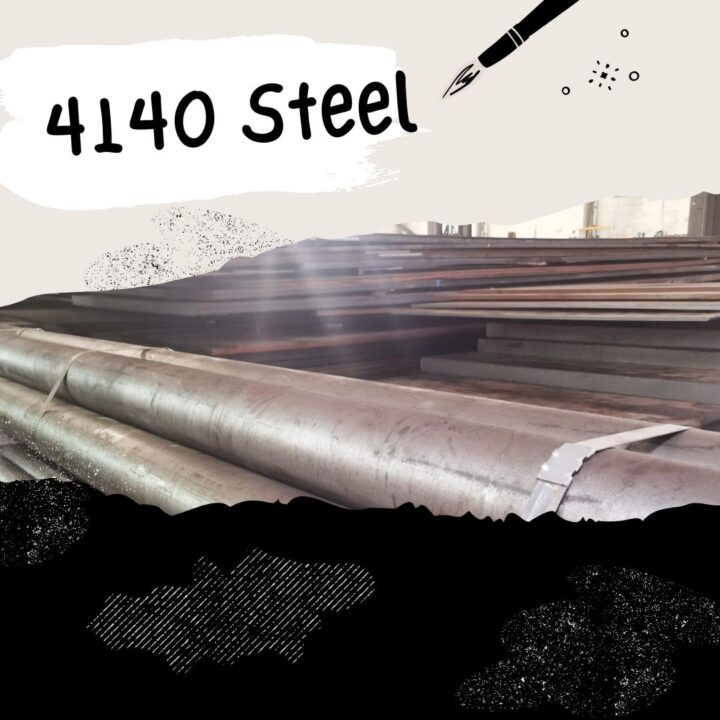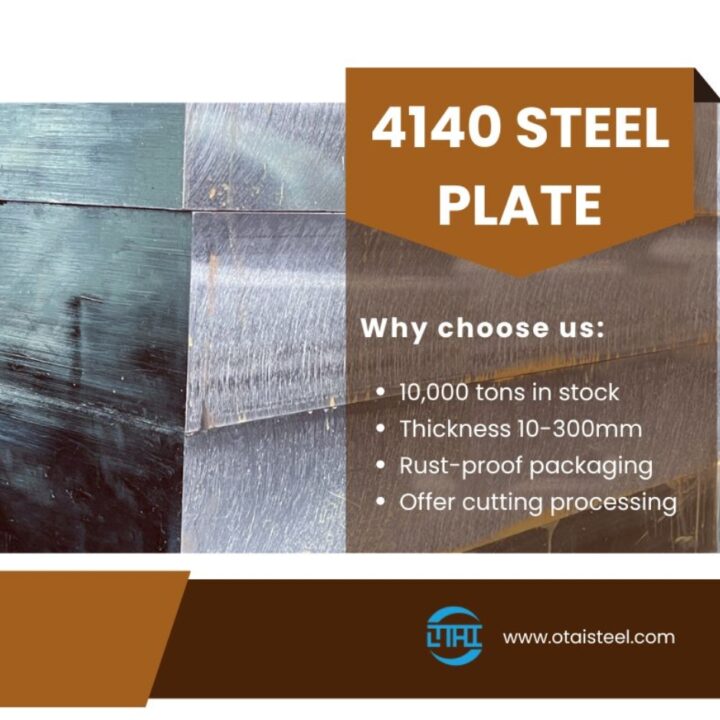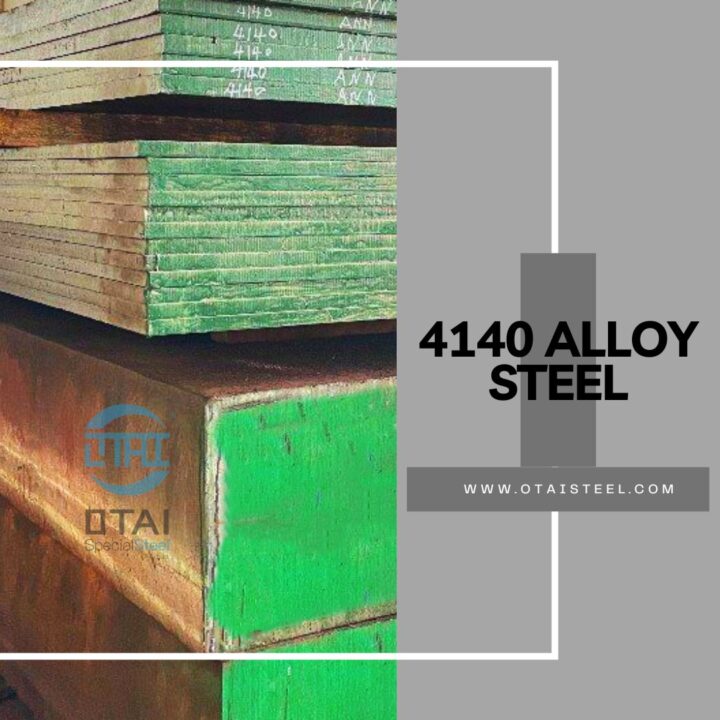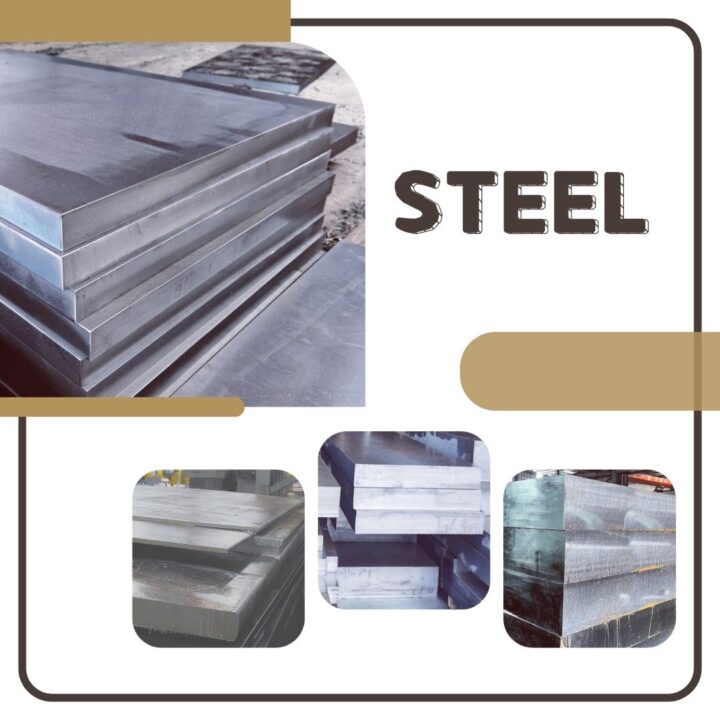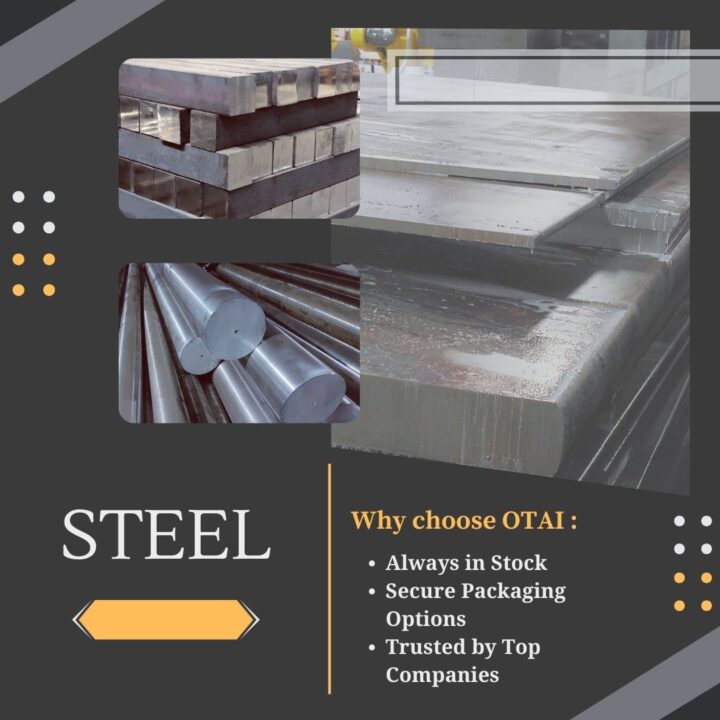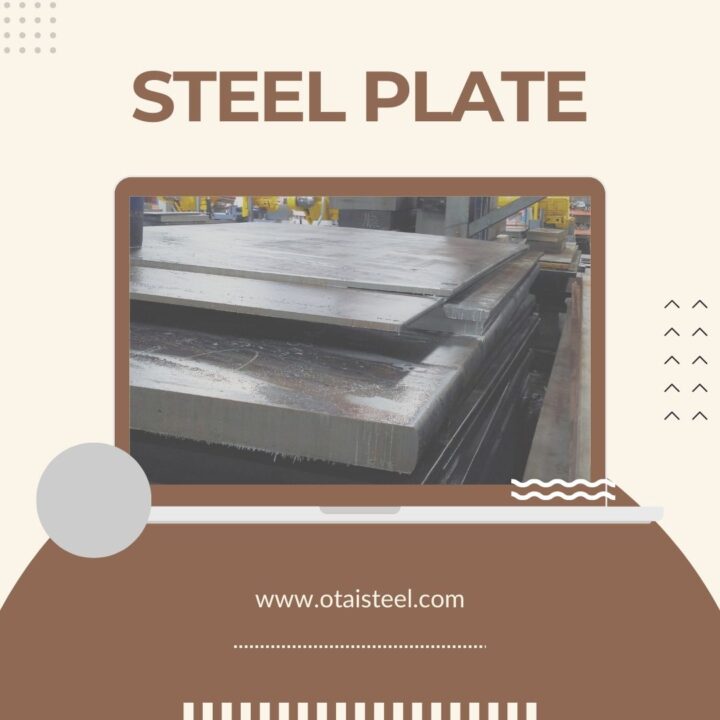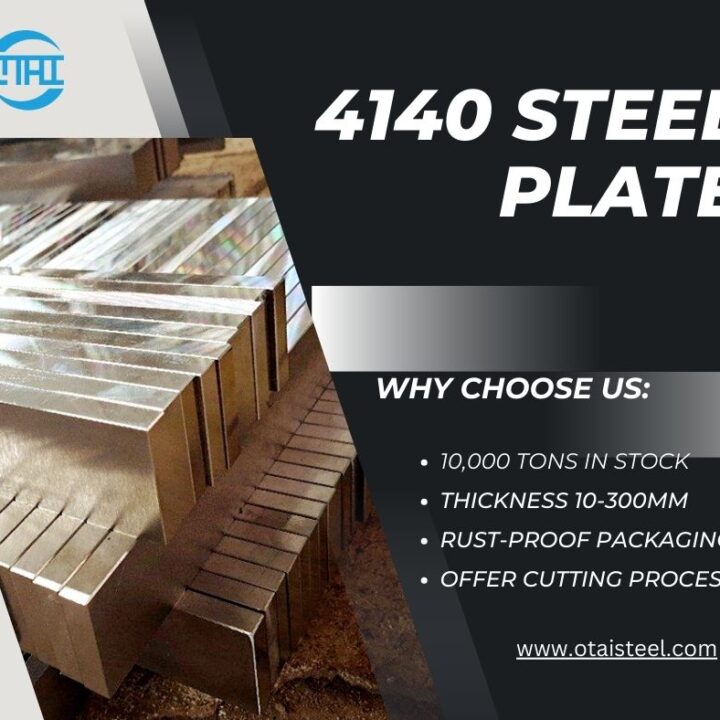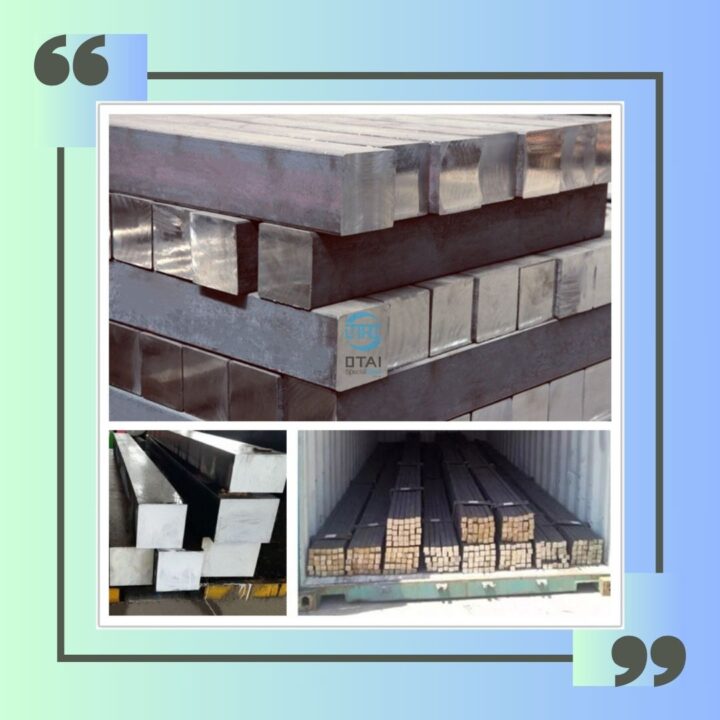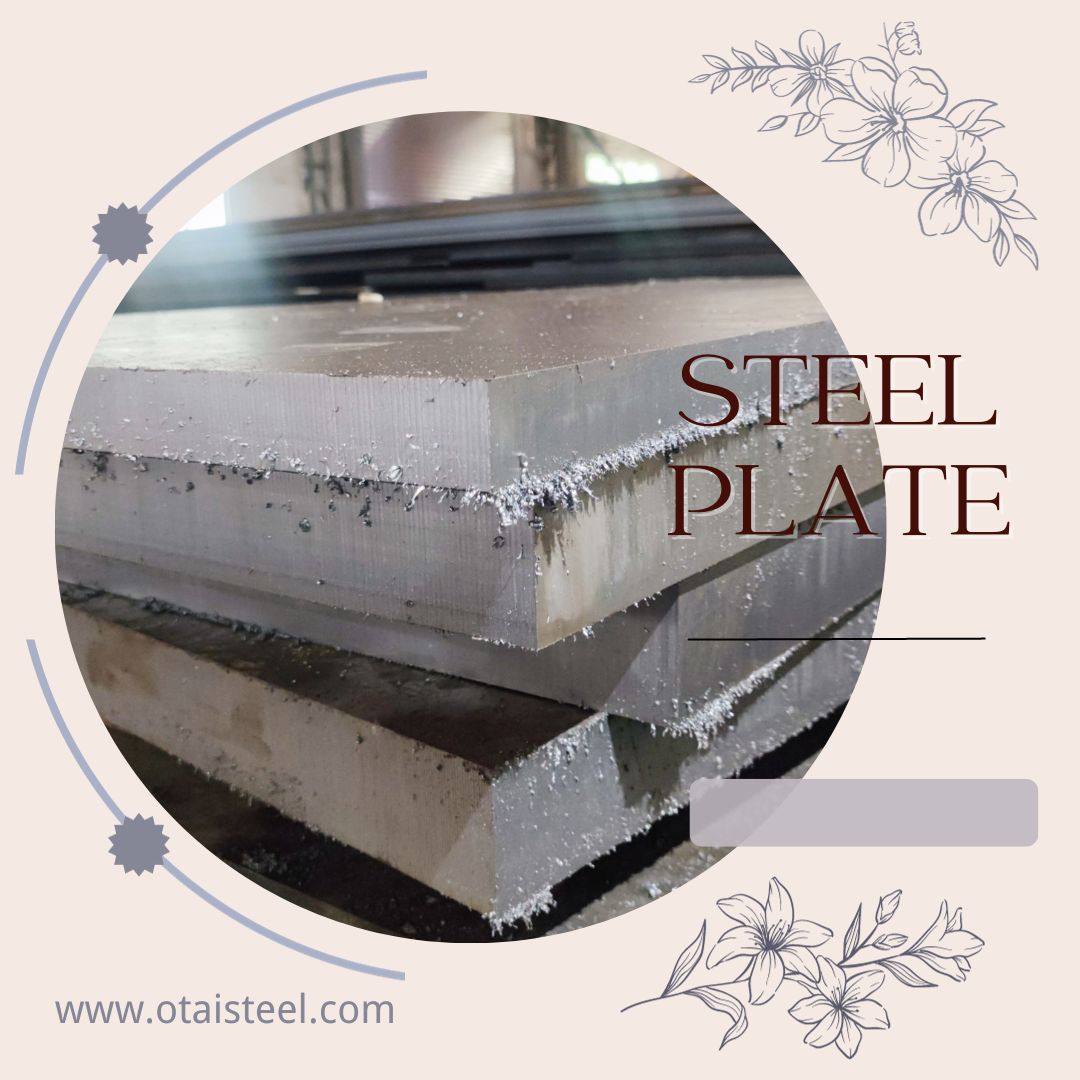 Manufacturing Challenges with 34CrNiMo6
Manufacturing Challenges with 34CrNiMo6
Manufacturing with 34CrNiMo6 steel is a journey marked by strength, resilience, and precision. However, this alloy, known for its robust qualities, presents unique challenges that demand careful consideration and expertise throughout the production process. In this exploration, we’ll navigate the intricacies of manufacturing challenges associated with 34CrNiMo6, shedding light on the hurdles and solutions in creating components that stand the test of time.
Material Complexity: Navigating the Alloy’s Composition
At the heart of manufacturing challenges with 34CrNiMo6 lies the complexity of its composition. The alloy’s recipe, comprising elements like chromium, nickel, and molybdenum, demands precision in handling. Manufacturers must carefully control the melting and alloying processes to ensure a uniform blend of these elements, setting the stage for the material’s exceptional properties.
Machining Finesse: Precision Work for Optimal Results
As the saying goes, “cutting steel like butter” doesn’t quite apply to 34CrNiMo6. The alloy’s robust nature calls for machining finesse. Tool wear and heat generation during the machining process pose challenges that demand skilled craftsmanship. Manufacturers must strike a delicate balance to achieve optimal results without compromising the integrity of the final product.
Heat Treatment: Striking the Perfect Balance
The journey of 34CrNiMo6 doesn’t end with its composition; heat treatment is a critical chapter. Achieving the perfect balance between hardness and ductility through tempering requires meticulous control of temperatures and cooling rates. This process, while enhancing the alloy’s mechanical properties, poses a challenge in maintaining uniformity across large-scale production.
Forging Challenges: Shaping Strength with Precision
Forging, a fundamental step in the manufacturing process, presents its own set of challenges with 34CrNiMo6. The alloy’s resistance to deformation demands controlled forging temperatures and pressures. Ensuring consistency in shaping the material while avoiding defects requires a deep understanding of the alloy’s behavior under varying conditions.
Quality Control: Navigating the Fine Line
In the world of manufacturing, quality is non-negotiable. 34CrNiMo6’s stringent quality standards add a layer of complexity. Manufacturers must implement robust quality control measures to detect any deviations from specifications. Ensuring the material’s integrity throughout the production chain is crucial to delivering components that meet or exceed industry expectations.
Welding Dilemmas: Overcoming Challenges Seamlessly
Welding 34CrNiMo6 poses its own set of dilemmas. While the alloy is weldable, the process requires careful consideration of preheating and post-weld heat treatment to prevent issues like cracking. Welding parameters must be fine-tuned to achieve strong, durable joints without compromising the alloy’s inherent qualities.
Surface Finish Struggles: Tackling Roughness with Precision
The desire for a flawless surface finish adds another layer to the manufacturing challenges with 34CrNiMo6. Achieving the desired smoothness without compromising dimensional accuracy requires attention to detail in machining and finishing processes. Manufacturers must navigate the fine line between aesthetics and functionality.
Scaling Up: Challenges in Mass Production
Scaling up production introduces its own set of challenges. Maintaining consistency in material properties, meeting tight tolerances, and minimizing production lead times become paramount. Manufacturers must implement efficient processes and advanced technologies to ensure that the quality of 34CrNiMo6 components remains uncompromised in large-scale production.
Conclusion
In the realm of manufacturing challenges with 34CrNiMo6, each hurdle is a testament to the alloy’s exceptional qualities. Navigating the complexity of its composition, machining finesse, heat treatment precision, forging challenges, quality control, welding dilemmas, surface finish struggles, and the intricacies of mass production requires a blend of expertise, innovation, and commitment to quality.
